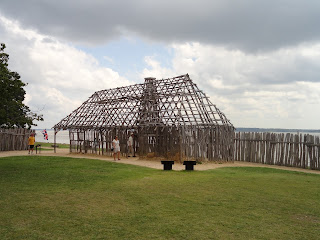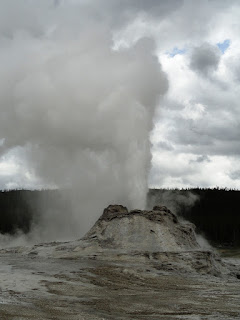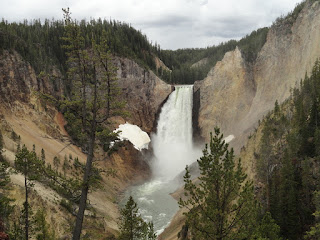There are few things to see in Nassau, the capital city. I was surprised that there are quite a few colonial-looking buildings. The country is celebrating its 40th independence anniversary. The Parliament square and the main road are the key spots in town. Yet, after 6pm, the town is empty - even on a Saturday night. What do the locals do? Why do the most tourists (there were three cruise ships) stay on board?
After a quick tour of the town, it is time to reach the luxurious Atlantis resort. The offer of leisure is probably endless, yet for me, the one thing to do is to interact with dolphins.
There is a very large pond with 41 dolphins swimming around. Everything looks nice and clean - indeed some sort of a luxury cage. Apparently, here dolphins live until 35-40 years old, against 20-25 in the ocean. We were also told that when hurricane Kathrina passed very closeby, nine dolphins were swept away at sea. "Fortunately", all of them were recovered.
Then, it is time for our little group of 10 people to interact with our dolphin. I do not remember his name, but it's a 16-year old male. He seems very well trained. We get to touch him - the skin is almost like plastic. It is very smooth, there is no hair.
We are told that our dolphin is a clever one, which can have drawbacks. Indeed, as the trainers were teaching him tricks and moves, the dolphin was looking at them directly in the eye, instead of looking at their indication. The solution: the trainers started wearing sun-glasses, so the dolphin could not see their eyes anymore... We get to try a few gestures, and the dolphin starts making sounds (like a baby crying, or the sound of a fishing rod) or starts turning upside down. Very impressive!
After all these efforts, it is time to get a fish! Miam!

















































